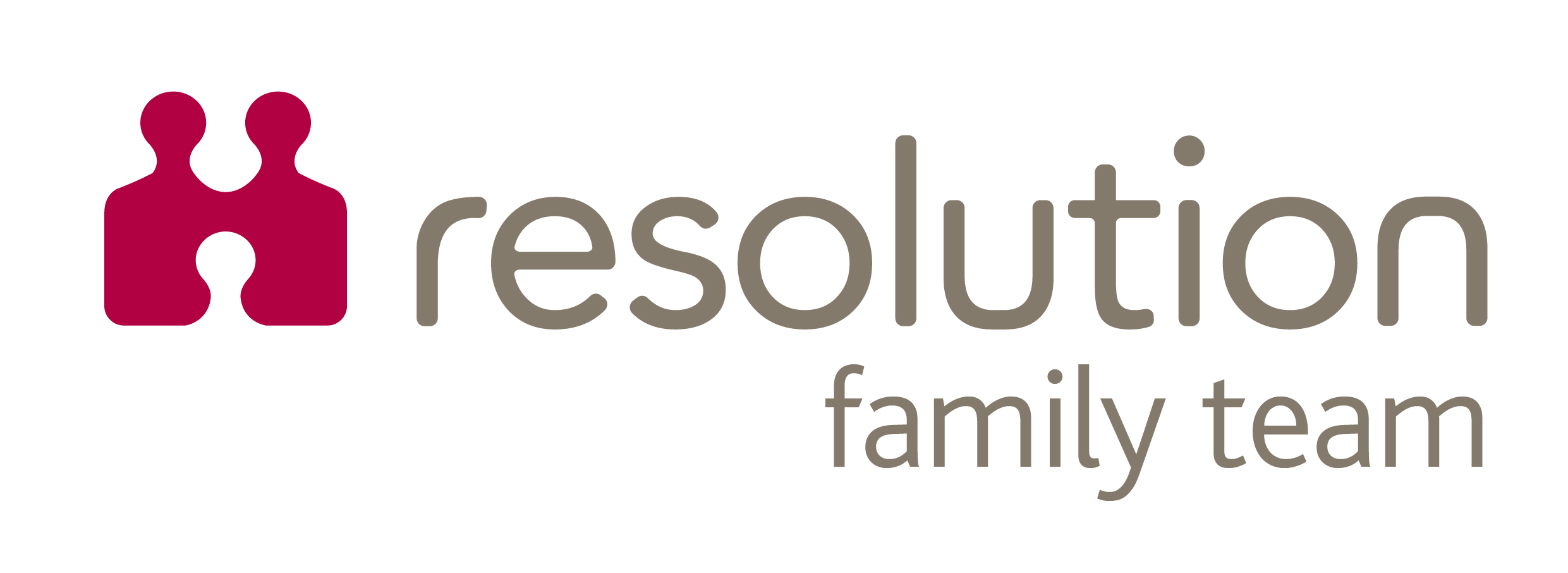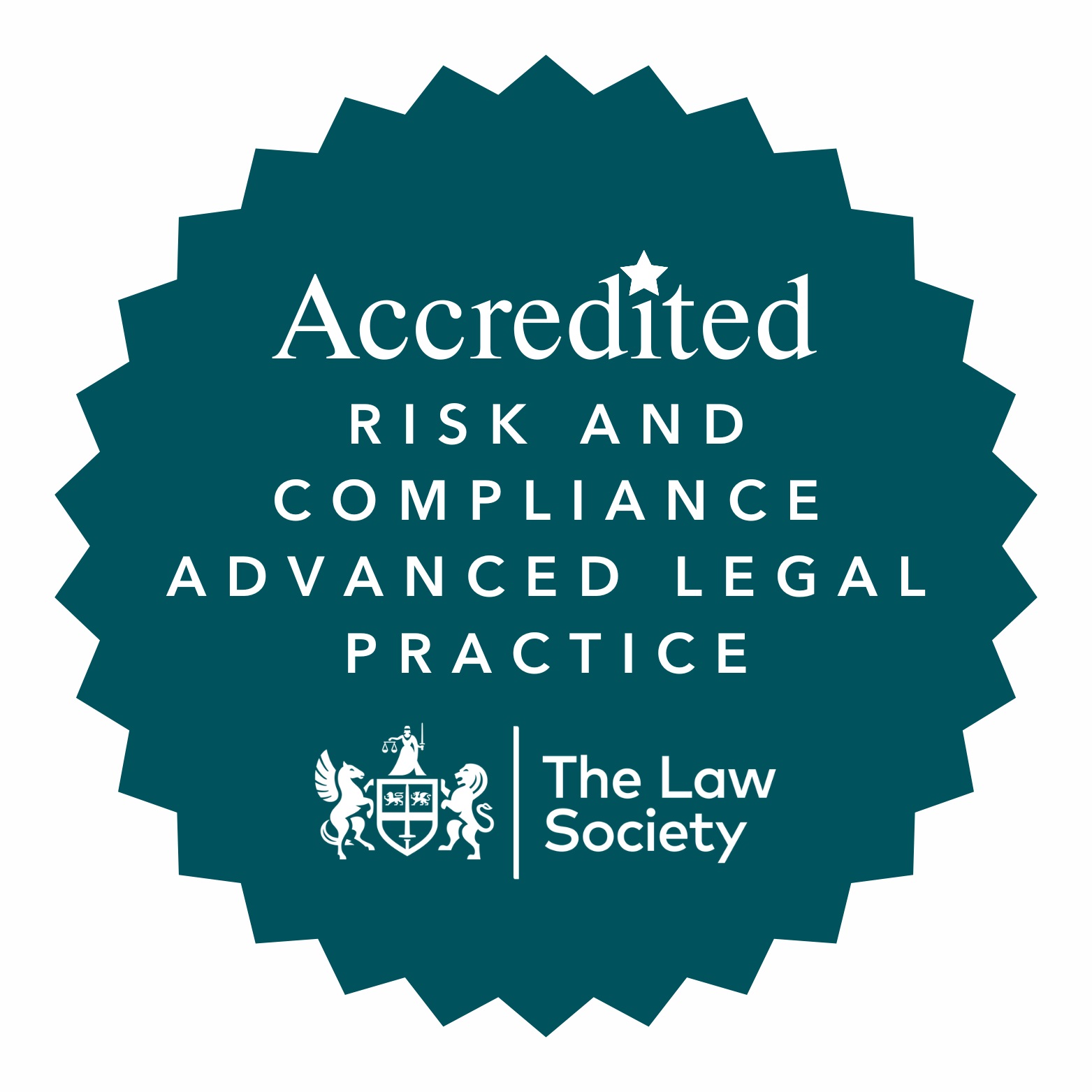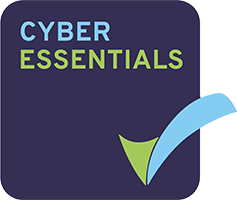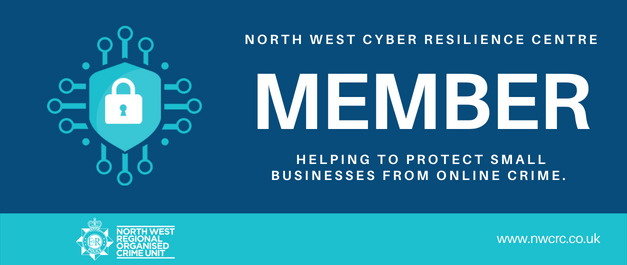Businesses are under increasing scrutiny from the media, political activists, bloggers and the general public to ensure that their supply chains are ethically sound. Poor visibility throughout the supply chain can lead to exploitation manifested as wages people cannot live on, poor health and safety standards in the workplace or a lack of labour rights.
With a view to increasing supply chain transparency, the Government has introduced a provision into the Modern Slavery Act 2015 (“the Act”) which requires certain businesses to produce a statement that sets out the steps they have taken to ensure there is no modern slavery in their own business and/or their supply chains.
This first of two blogs will highlight which organisations the Act applies to and what they are required to do in order to comply with the Act. The second blog will address how risks in the supply chain should be considered, assessed and managed, how issues can be mitigated and remedied and how businesses can record compliance, non-compliance and the consequences of not doing this.
The Problem:
The last five years have exposed a series of supply chain scandals and, whilst the “defeat devices” fitted in Volkswagen models to cheat emissions tests in 2015 and the Findus beef lasagnes found to contain 100% horsemeat in 2013 do not readily turn thoughts to human exploitation, the degrading conditions in the Brazilian factory sub-contracted by Zara in 2011 is evidence that poor practice exists in supply chains.
However, modern slavery and human trafficking is not confined to the factories of developing economies. The UK National Referral Mechanism Statistics 2013 reported a 47% increase in modern slavery in the UK and there is evidence of UK and overseas nationals being exploited in the UK’s food processing organisations, restaurants, the maritime industry, agriculture and the tourism sector.
Slavery and human trafficking can be difficult to identify. For example, although a hotel employee wearing a corporate suit is less likely to suffer exploitation, the hotel’s supply chain may stretch across the UK and internationally. Consider who provides the cleaners and under what conditions are they contracted to work? Who supplies the toiletries in the hotel bathrooms, how are they manufactured, where do they come from and how are they transported? Who picks the vegetables and fruit that appear on the hotel restaurant menu, how many hours did these people work gathering food and were they allowed breaks?
Looking at the wider picture it isn’t difficult to see that many businesses have a multi-layered supply chain and how a lack of transparency throughout could lead to mistreatment of people working in it. Modern slavery takes many forms and exploitation is not specific to gender, age, nationality, background or location.
Who does the Act apply to?
With effect from 31 March 2016 any ‘commercial organisation’ which supplies goods or services and carries on a business or part of a business in the UK with a total turnover of £36 million or more must issue a slavery and human trafficking statement each financial year.
The total turnover threshold includes the turnover of subsidiaries which means a parent company with a small presence and turnover in the UK could still be obligated to provide a statement by virtue of subsidiaries with a large turnover regardless of whether that turnover is generated within or outside the UK.
Corporate bodies or partnerships pursuing primarily charitable or education aims or purely public functions are included in the definition of a ‘commercial organisation’ if they engage with commercial activities and meet the turnover threshold.
Franchisors meeting the turnover threshold are required to produce a statement whilst franchisees reaching the turnover threshold must do so in their own right.
What are Businesses Required to do?
With effect from 31st March 2016 organisations are required to publish their statement within six months of their financial year end meaning the first statements should be published by the end of September 2016.
The Act does not specify what a statement must look like or contain, however, a statement may include information about;
- The organisation’s structure, its business and its supply chains
- Modern slavery and human trafficking statements
- Its due diligence processes in relation to slavery and human trafficking in its business and supply chains
- The areas of the business at risk to slavery and human trafficking
The statement must appear on the organisation’s website and include a prominently placed link on its homepage. The statement must either articulate the steps the organisation has taken to ensure modern slavery does not exist in its own business and its supply chain or state that no steps have been taken. The statement is not a guarantee that slavery does not exist but it highlights what large organisations are doing to try and prevent it.
An organisation is required to complete a statement for each financial year in which the organisation’s turnover exceeds the threshold. Each statement must be approved and signed by an appropriate senior person in the business and should demonstrate that organisations are building upon earlier statements and are transparent. The Government wants large businesses (with correspondingly large spheres of influence) to lead by example with ethical policies and practices.
Increased transparency will ensure stakeholders understand the steps a proactive organisation is taking to prevent modern slavery. This can lead to reputational benefits, an increase in customers and improved stakeholder confidence.
For legal advice on how to comply with the supply chain transparency under the Modern Slavery Act or other corporate governance issues speak to Alison Brennan: 01244 354 815 or email alison.brennan@dtmlegal.com.
Keep an eye out for our next blog on supply chain transparency where we will highlight the steps that organisations need to take to assess and manage the risks at each level of their supply chain and how to record compliance.







